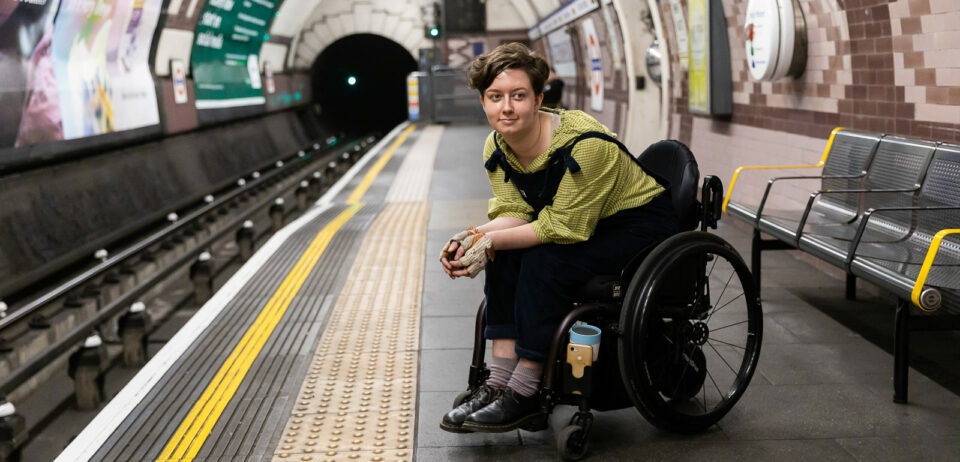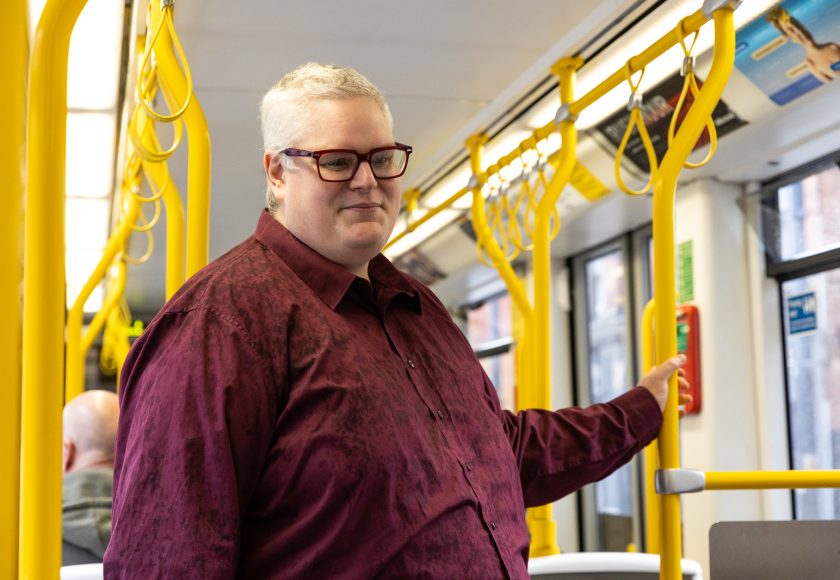
What do we mean by light rail?
Light rail and trams differ from “heavy” or mainline rail in that they have slightly different regulatory and safety requirements, are generally administered at a local level instead of nationally, and typically utilise light-weight vehicles and tracks. In England, the following systems are considered to fall into this category:
- London Underground
- Docklands Light Railway
- London Trams
- Nottingham Express Transit
- West Midlands Metro
- Sheffield Supertram
- Tyne and Wear Metro
- Manchester Metrolink
- Blackpool Tramway
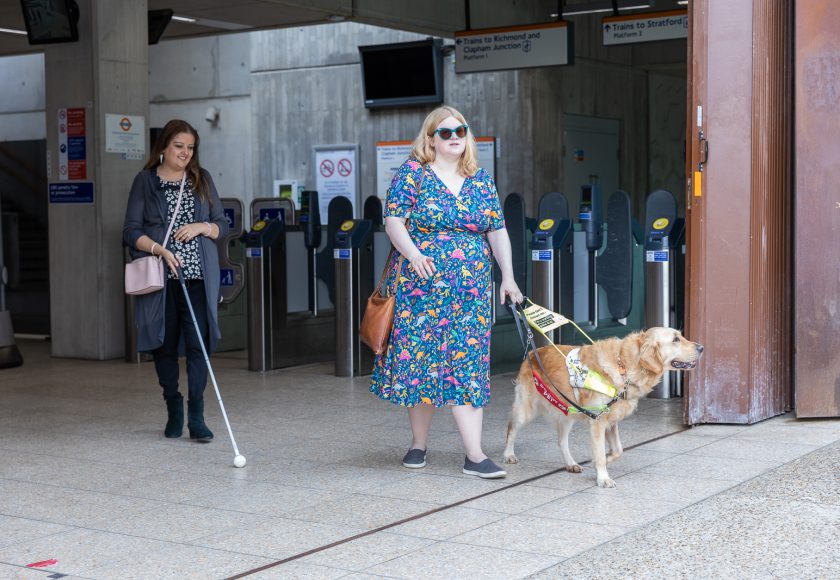
Policy background
According to Government statistics, during 2012 to 2019, disabled people took about half as many journeys by light rail than non-disabled people (5 journeys per year vs 11.4 journeys per year) (Department for Transport). This differs little between London and systems across the rest of England.
Light rail is fast, high-frequency and high-capacity, and often considered the vital arteries of an urban area. However, in some cities many disabled people are locked out of benefitting from these features, due to barriers such as overcrowding and lack of step-free access. For example:
- Only 92 out of 272 London Underground stations have step-free accesslvii, although at around half of these there is no level boarding and so a manual boarding ramp is required.
- The Docklands Light Railway uses driverless trains and stations are generally unstaffed, meaning those requiring assistance (such as sight-guiding for visually impaired people) may not be able to use it.
- According to information available on their websites, all stations and vehicles on Nottingham Express Transit, Tyne and Wear Metro, West Midlands Metro, Sheffield Supertram, Manchester Metrolink, and Blackpool Tramway are wheelchair accessible. However, our research has found that disabled people do not consider or experience all stations to be accessible.
Our research and work on light rail
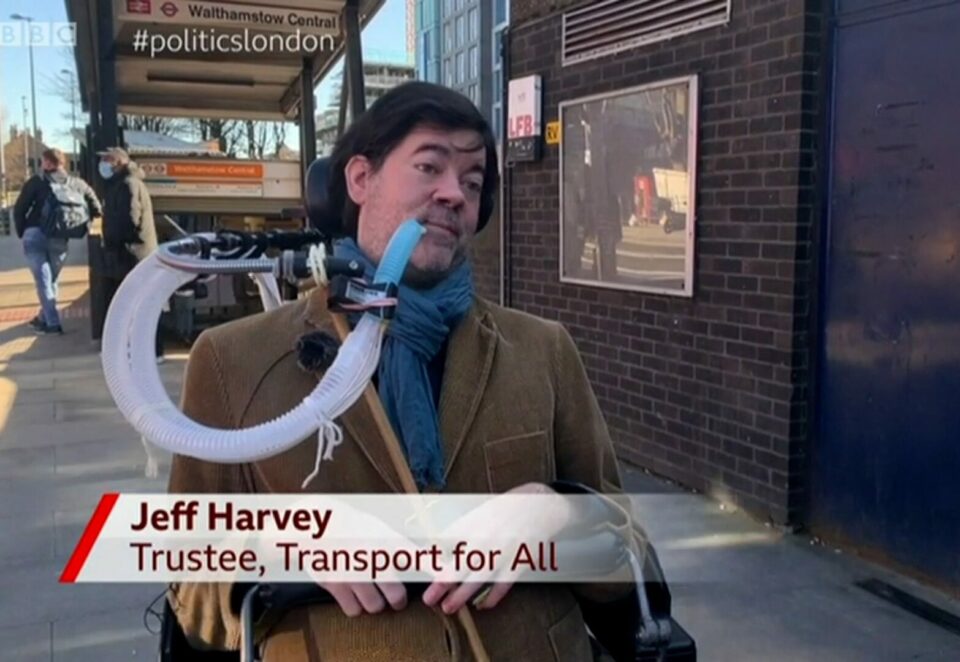
Major delays to step-free access improvements
Transport for All trustee Jeff Harvey speaks to BBC Politics about the impact that the delays to step-free improvements is having on disabled people.
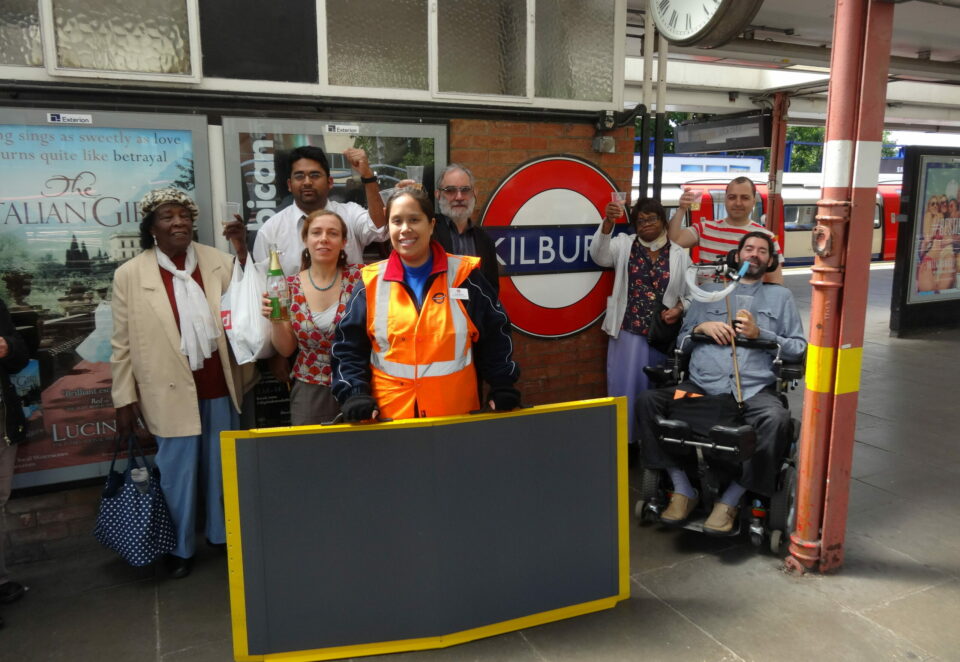
From Frustration to Freedom: Victory on Manual Boarding Ramps
Three London Underground stations roll out the use of new "bridging" manual boarding ramps, following campaigning by Transport for All's Jeff Harvey.
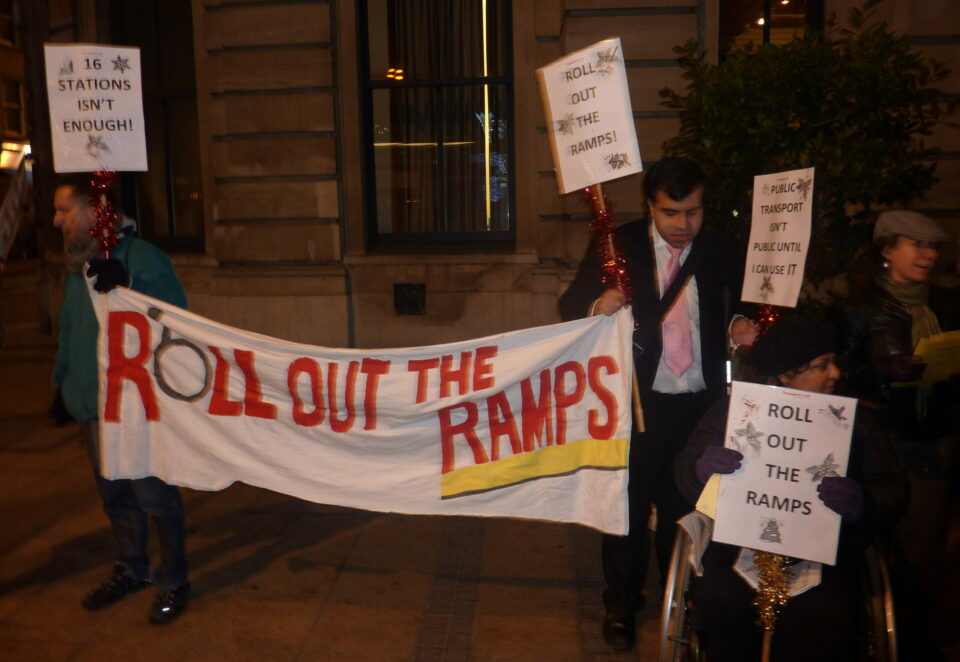
Roll out the Ramps!
Transport for London recently introduced new temporary manual boarding ramps at 16 Underground stations for the Olympic Games. We're pushing for the ramps to stay, and be rolled out further.

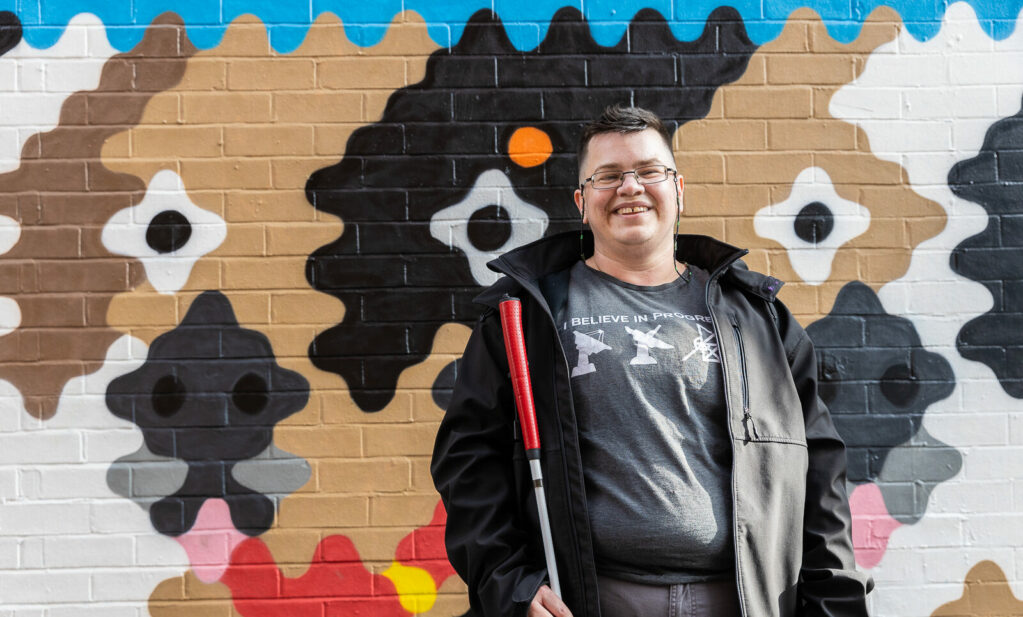
Support us
We can't do this without your support. Take action, give what you can, or sign up as a member - and join our movement of disabled people fighting for a better future.
